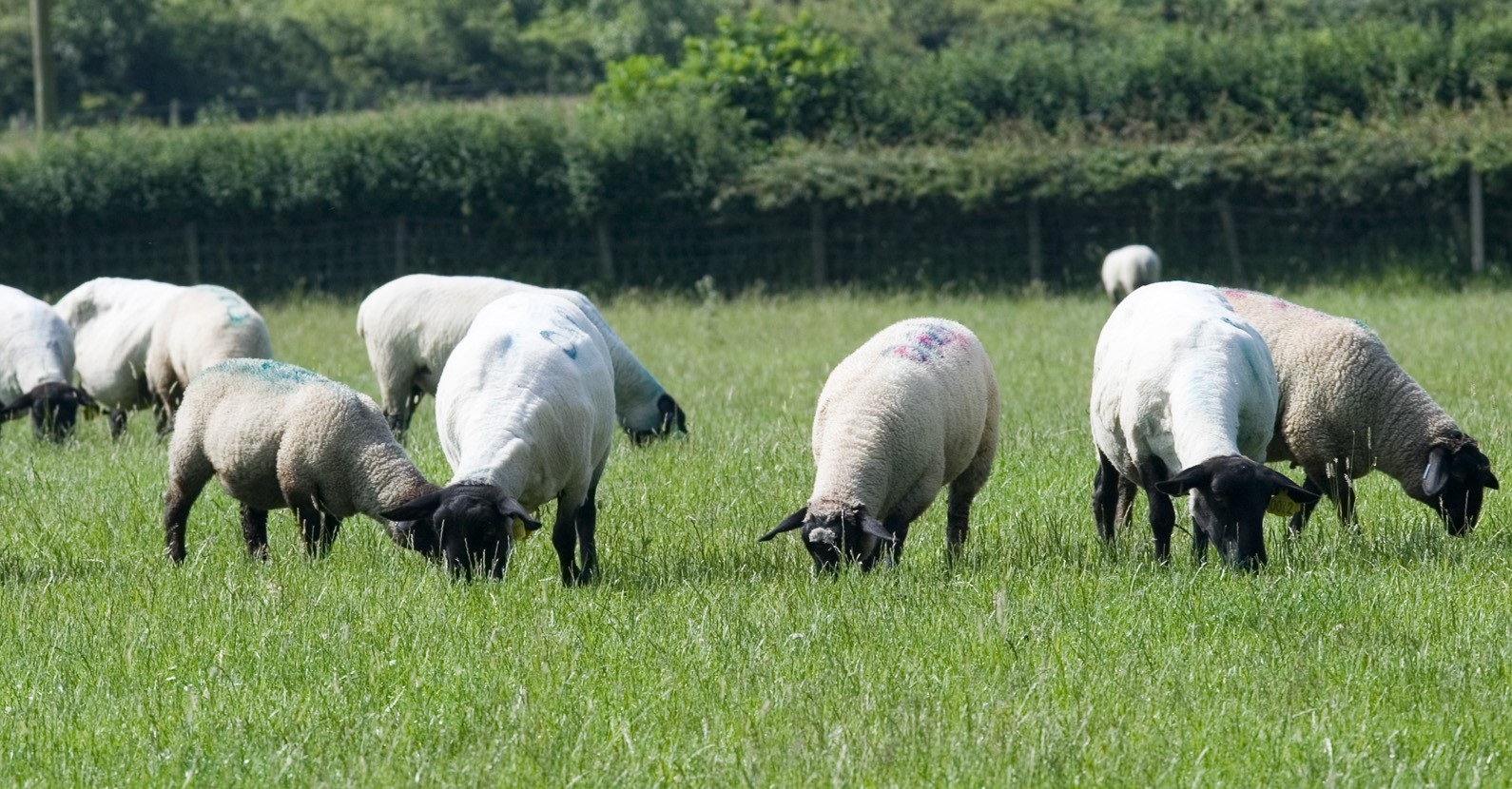
Sheep scab, an increasingly serious problem for British sheep farmers, was a discussion topic at the recent Clyde monitor farm meeting, hosted by monitor farmer Andrew Baillie, at Carstairs Mains in South Lanarkshire.
The sale of pedigree and commercial tups is a significant income earner for Mr Baillie. His 650 acre (263 ha) mixed unit is the only one of the current network of Quality Meat Scotland (QMS) monitor farms throughout Scotland, with pedigree livestock enterprises.
“I’m fully aware of the problems an outbreak of sheep scab on the farm could create,” commented Mr Baillie. “It could easily jeopardise a whole season’s worth of tup sales, costing us tens of thousands of pounds. So as a common sense precaution we routinely treat all our sheep, pre-tupping, in September.”
Sheep scab is a notifiable disease, with farmers required to speedily report suspected cases to their local Animal and Plant Health Agency (APHA) office, while also alerting neighbouring farmers.
At Carstairs Mains, farm boundaries include the River Clyde, a railway line and an arable unit, which act as formidable barriers to scab coming onto the farm.
Veterinary surgeon Neil Laing, of the Clyde Vet Group, told the group: “scab is spread from sheep to sheep, or can be caught by an un-infected sheep rubbing against something like a fence post where an infected sheep has been scratching. The sheep scab mite feeds on blood and can survive for up to 17 days between blood feeds, in a variety of environments.
“If you see agitated sheep rubbing or nibbling at themselves, investigate. If you suspect scab, it’s important to pluck wool for analysis from the right location - the mites are on the leading edge of lesions. If you’re not confident, get the vet in, it’s too risky to get it wrong!”
There are a number of sheep scab control products, both injections and dips available, with withdrawal periods ranging from under 50 to over 100 days.
Mr Laing recommended that any farmer choosing to plunge dip should adhere to the product manufacturer’s instructions, in particular the maximum number of sheep to be dipped before emptying and re-filling the dipper. He also urged farmers to follow guidance regarding length of immersion time for each sheep, along with the number of times the head needs to be submerged.
“The sheep scab mites like to live in warm areas on a sheep – places like armpits and ears. By plunge dipping correctly, you get an immediate kill of all the mites,” commented Mr Laing.
There can be problems associated with disposal of plunge dip solutions and not every farmer will have dipping facilities. For that reason, many opt to use injectable endectocides to treat and protect their sheep against scab instead. Although an effective treatment for scab, injectable endectocides will also kill intestinal worms, so their use should be part of the farmer’s worm control strategy in order to minimise the development of anthelmintic resistance.
With autumn sheep sales just weeks away, Mr Laing explained that when buying in any sheep the best practice is to keep all incoming sheep in isolation and treat them with a sheep scab product (either dip or injectable). These sheep should not be mixed with the main flock for at least seven days after treatment.
He added: “Whether or not you buy in any sheep, it may be sensible to treat your own once a year , making sure you gather and treat everyone. I realise that this isn’t easy if sheep are on high hill or have access to woodland, but just one infected sheep can spread sheep scab through your own flock, and to your neighbour’s sheep too.”
A valuable weapon in the battle against sheep scab has recently been developed by the Moredun Research Institute, and is scheduled for launch in September (2015). This diagnostic blood test detects sheep scab antibodies well before any suspicious symptoms are displayed by the sheep.
“This quick and simple test will be really helpful,” explained Mr Laing. “The recommendation is that just eleven sheep from each flock are blood-sampled, to establish whether or not antibodies are present.
“There will many opportunities to utilise this test, including blood sampling sheep on farms neighbouring a confirmed outbreak. It will also help farmers within a specific area to work together to control scab.”
